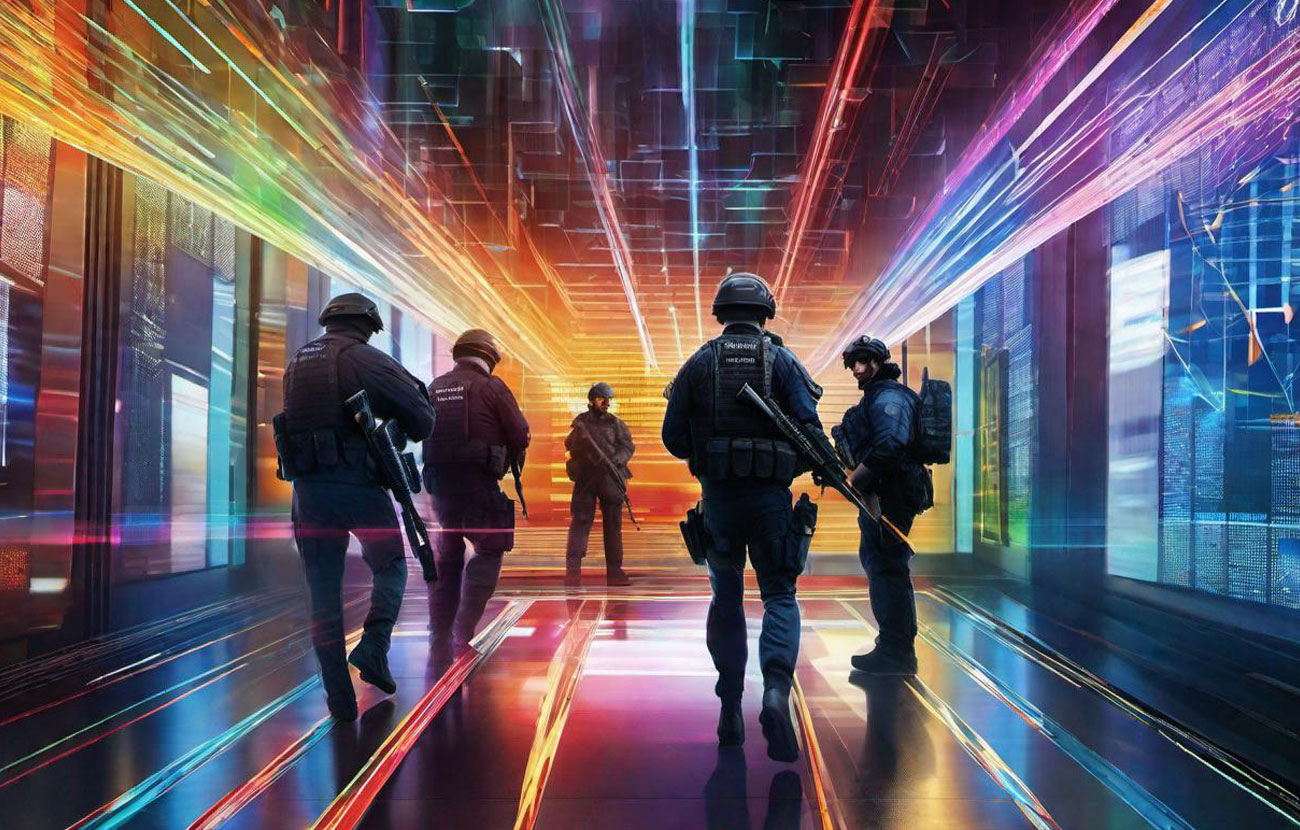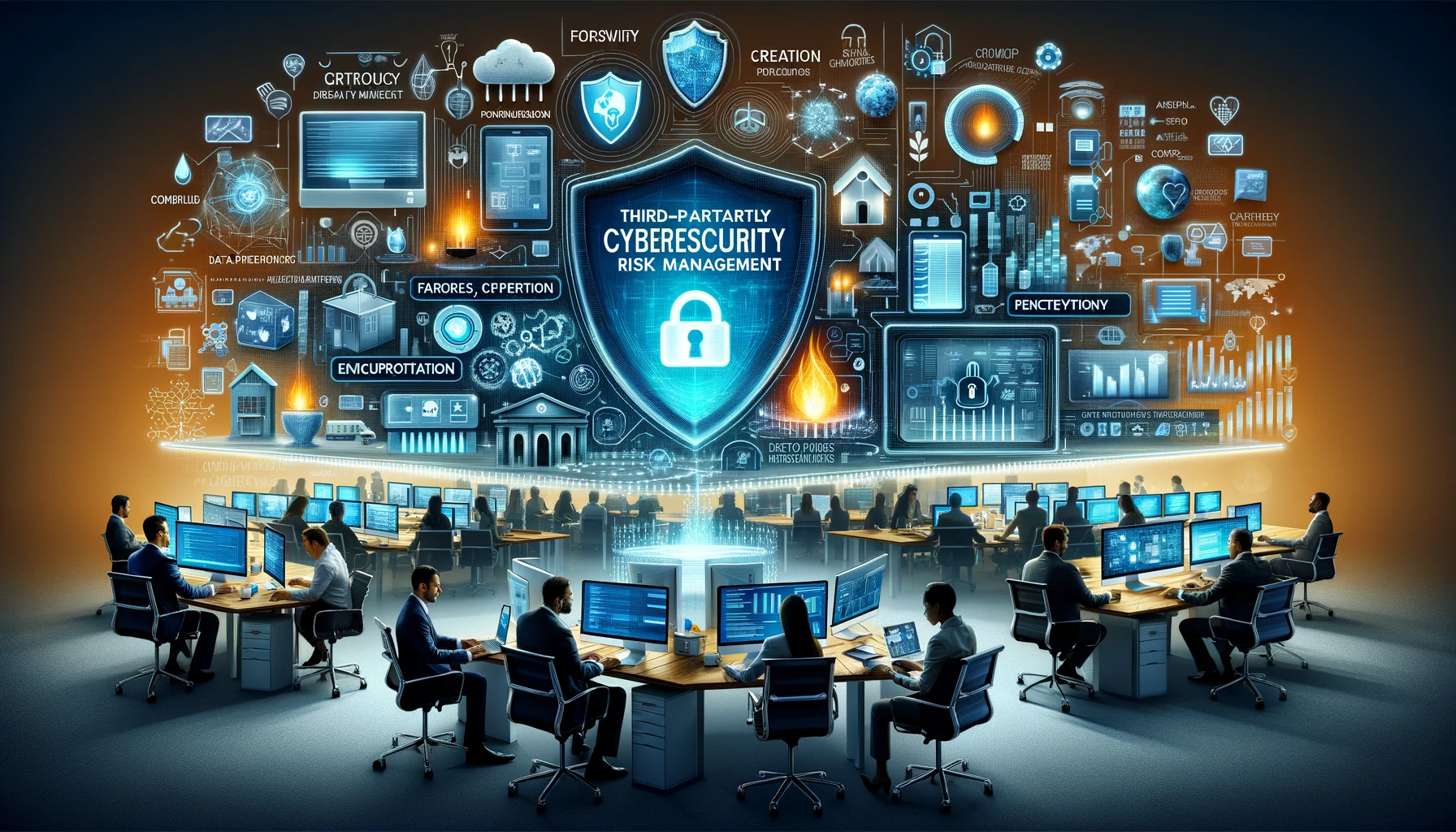Physical Security Systems: Bridging the Gap between Cyber and Physical Defense

In the age of digital transformation, discussions around security often revolve around cyber threats and data breaches. However, physical security remains a crucial aspect, especially for government agencies that operate critical infrastructures, handle sensitive data, and are potential targets for adversarial actions. Let’s explore the importance of physical security systems in today’s interconnected world.
Understanding Physical Security in the Digital Age
Physical security, at its essence, focuses on protecting assets, personnel, and property from physical threats such as unauthorized access, theft, vandalism, and natural disasters. For government agencies, this extends to safeguarding critical infrastructure, facilities, and personnel against potential threats, including terrorism.
Why It Matters
- Tangible Threats: Government facilities are not just at risk from cyber-attacks but also from tangible threats. Think sabotage, espionage, or even terrorist attacks.
- Data Integrity: While digital data can be encrypted and backed up, physical documents, drives, or servers, once damaged or stolen, can result in irretrievable loss.
- Personnel Safety: The welfare of employees and visitors is paramount. Effective physical security measures ensure their safety against potential harm.
- Public Trust: Physical breaches at government facilities can erode public trust, underscoring the importance of robust defense mechanisms.
Components of Modern Physical Security
- Surveillance Systems: Advanced CCTV cameras, drones, and sensors provide real-time monitoring of facilities, helping in early threat detection and response.
- Access Control: Biometric systems, smart cards, and facial recognition technologies ensure that only authorized individuals can enter sensitive areas.
- Intrusion Detection: Advanced systems can detect and alert security personnel about unauthorized entries or activities within the premises.
- Disaster Preparedness: From fire suppression systems to earthquake-resistant structures, preparedness against natural calamities is integral to physical security.
- Integration with Cybersecurity: Modern security systems integrate digital and physical aspects, with IoT sensors, networked cameras, and AI-driven analytics offering comprehensive coverage.
Challenges and Considerations
- Keeping Up with Technology: Just as with cybersecurity, physical security tech evolves. Government agencies must stay updated to ensure their defenses are not outdated.
- Balancing Accessibility and Security: Government facilities often serve the public, so finding a balance between accessibility and stringent security can be challenging.
- Cost Implications: Advanced physical security systems come with cost implications, necessitating budget considerations and cost-benefit analyses.
In today’s complex threat landscape, the convergence of cyber and physical security has become more vital than ever for government agencies. A comprehensive approach that seamlessly integrates both realms ensures not just the safety of tangible assets and individuals but also the integrity of data and digital resources. In essence, for a holistic defense strategy in this interconnected era, physical security systems are not just important—they’re indispensable.




